This post may contain affiliate ads at no cost to you. See my disclosures for more information.
Planning to study matter with your kids or students? Looking for books about matter that are accessible, educational, and interesting? Below, I’ve reviewed eight books about states of matter that you can use to introduce children to matter and its three forms.
Note: For more activities about matter, please see my states of matter unit study page.
Change It!: Solids, Liquids, Gases and You by Adrienne Mason
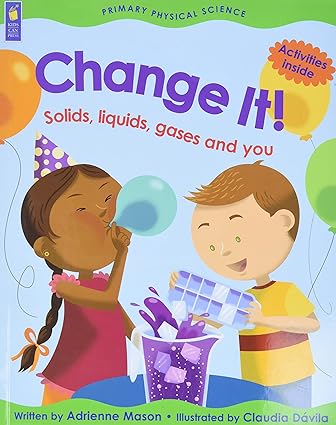
I really, really loved this book to help my kids learn about matter. Each spread deals with a different concept, starting with “Matter around you” and then transitioning into each of the three forms of matter (solids, liquids, and gasses). What I most appreciated about this book was how accessible it was for my two preschoolers. Plus, each page of the book invites the children to do something to learn about matter. On the spreads devoted to explaining what solids, liquids, and gasses are, readers are encouraged to find examples of each of these states in the picture. And for each state of matter, the book includes an activity to help kids learn. For example, to help kids understand solids, there is an activity that uses play dough to show kids that solids have a definite shape, even though it is possible for us to change that shape if we try. And to help kids understand liquids, there is a pouring activity to show kids how liquids change shape as they move from one container to another. The book also covers how and why matter changes from one form to another. At the end of the book is a section for parents and teachers providing ideas to explore the concepts in the book even further. This book is at the top of my list for any unit on matter.
What Is the World Made Of? All About Solids, Liquids, and Gases by Kathleen Weidner Zoehfeld
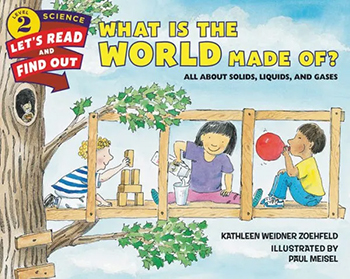
This is another great book for introducing kids to matter. Using a conversational tone, this book will get kids laughing from the start as they ponder whether they can walk through walls, drink a glass of blocks, or use milk for socks. From there, the book introduces the three states of matter and describes the unique qualities of each. The book describes a few activities kids can do throughout, although the format of the activities is not as accessible as in the book by Adrienne Mason reviewed above. Nonetheless, kids will enjoy the story-like format of this book and will still learn a great deal from the contents within.
What Is a Solid? by Jennifer Boothroyd
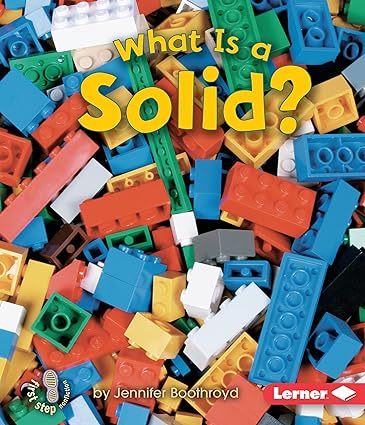
Part of a three book series on matter by Jennifer Boothroyd, this book describes the main quality of matter (that it has its own shape and does not take the shape of its container). The book then provides several straightforward examples of items that are solids. In the process, the book illustrates how solids can be hard or soft, thick or thin. Young readers will learn that heating a solid can turn it into a liquid. At the end of the book, there is directions for one dissolving activity that parents or teachers can do. This is a very straightforward book that would be great for young learners.
What Is a Liquid? by Jennifer Boothroyd
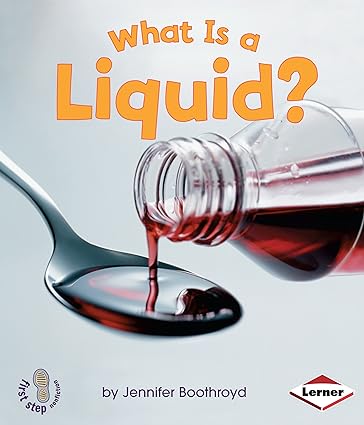
The second book in Boothroyd’s three book series on matter, the first few pages of this book have the same text – but different illustrations – describing matter in general as her What is a Solid? book. But then the book dives into specifics about liquids, with clear photographs to illustrate each quality of a liquid (e.g., it takes the shape of its container, it flows, it drips). The book mentions a few examples of liquids, such as water and juice. It also discusses how heating a liquid can turn it into a gas and cooling a liquid can turn it into a solid. As with What is a Solid? this is a very straightforward book that would be great for young learners.
What Is a Gas? by Jennifer Boothroyd
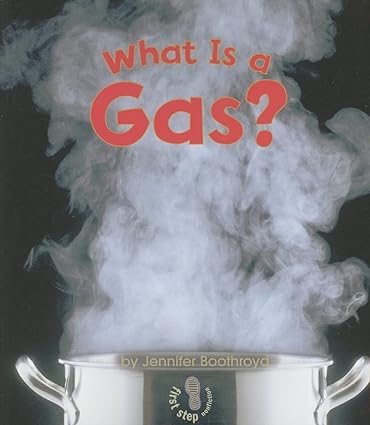
This is the third book in Boothroyd’s three book series on matter. As with What is a Solid? and What is a Gas?, the initial pages describe matter in general, including the fact that there are three different kinds of matter. The book then gives more information about gasses. Gas is probably the most difficult matter to explain to kids, because most gasses cannot be seen and it is the least concrete. The book does a good job of trying to make this somewhat abstract concept more concrete for kids. And as with the other books, there are helpful tips for parents and teachers at the end of the book, including a list of fun facts about gas.
Solids, Liquids, And Gases by Ginger Garrett
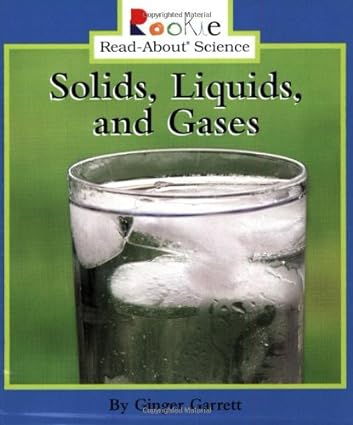
On the whole, I preferred the more straight forward approach to discussing matter of the books reviewed above. However, I really liked how this one gets kids thinking about their bodies as matter. I specifically enjoyed the way in which kids learn that their bodies include solids (e.g., bones), liquids (e.g., blood), and gasses (e.g., air in lungs). These examples make a discussion about matter personal for kids, which is good for learning and retention of information.
Joe-Joe the Wizard Brews Up Solids, Liquids, and Gases by Eric Braun
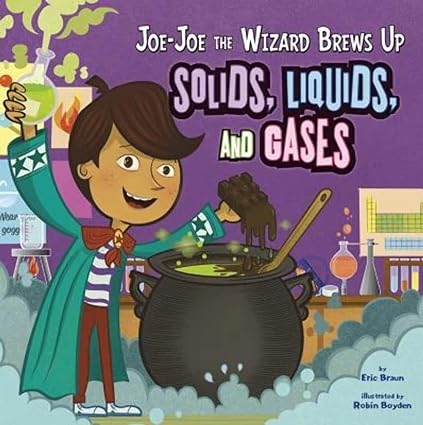
This book may be more appropriate for elementary age kids – or at least kids who already have some concept of what a solid, liquid, and gas are. Although this book presents plenty of facts about matter, it is told as a fiction story about a wizard named Joe-Joe who accidentally turns his homework into chocolate syrup. His teacher then uses this experience as an opportunity to teach him about matter. This style of this story is likely to be entertaining for kids, the matter concepts presented could get lost in the story for children with no background on the subject. But the book is fun and cartoonish and school-age kids will likely find a lot to like in the story.
Solids, Liquids and Gases by the Ontario Science Centre
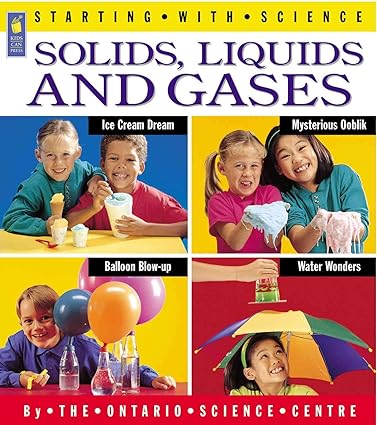
This book contains 13 fun activities kids can try (with the help of a parent) that will teach them about the properties of solids, liquids, and gasses. Each spread features one activity and includes a photo, a detailed description for carrying out the activity, and a scientific explanation for what children will observe during the activity. The book has bright and appealing photographs and features a multicultural group of children. I liked that the activity in this book were totally different than those included in any of the other books reviewed. However, this book by itself would not provide a sufficient introduction to matter. I recommend this book be used in conjunction with other books that provide the facts about solids, liquids, and gasses at an age appropriate level.
More resources for learning about states of matter
More states of matter posts from Gift of Curiosity:
- Introduction to states of matter
- Exploring states of matter with water, ice, and steam
- Balloon magic with baking soda
- Dancing raisins science demonstration
- Melting candle wax to explore states of matter
- Exploring air pressure
For more fun learning ideas related to teaching states of matter, please see my States of Matter Unit Study page and my States of Matter Pinterest board.

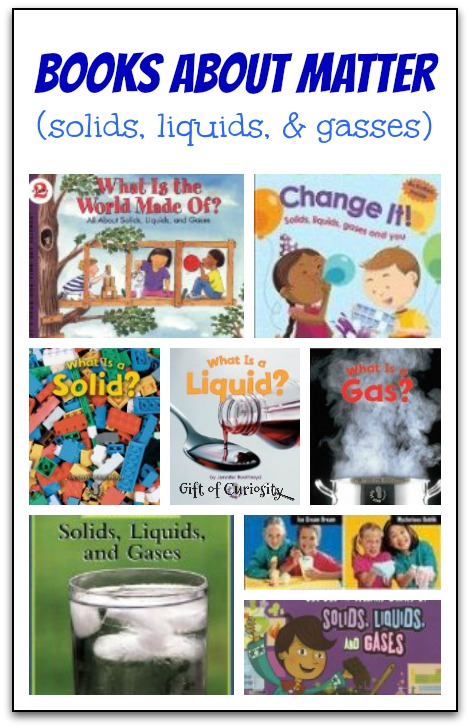
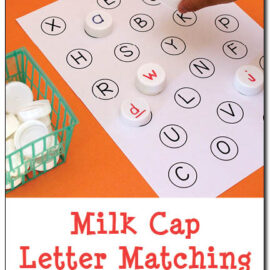
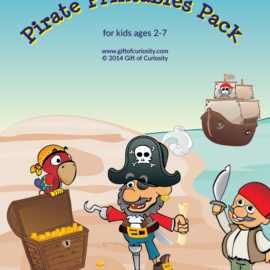
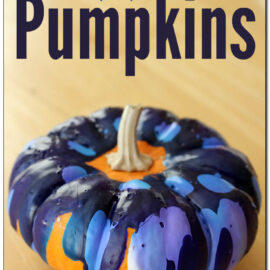
Thank you so much for sharing these books. We just started a science unit on the states of matter and these look wonderful. Oh, I hope our library has them.
Another great book to introduce matter is called “What’s the Matter in Mr. Whisker’s Room.” It goes through all the properties of matter with things you could also try at home.
Thanks for the suggestion!